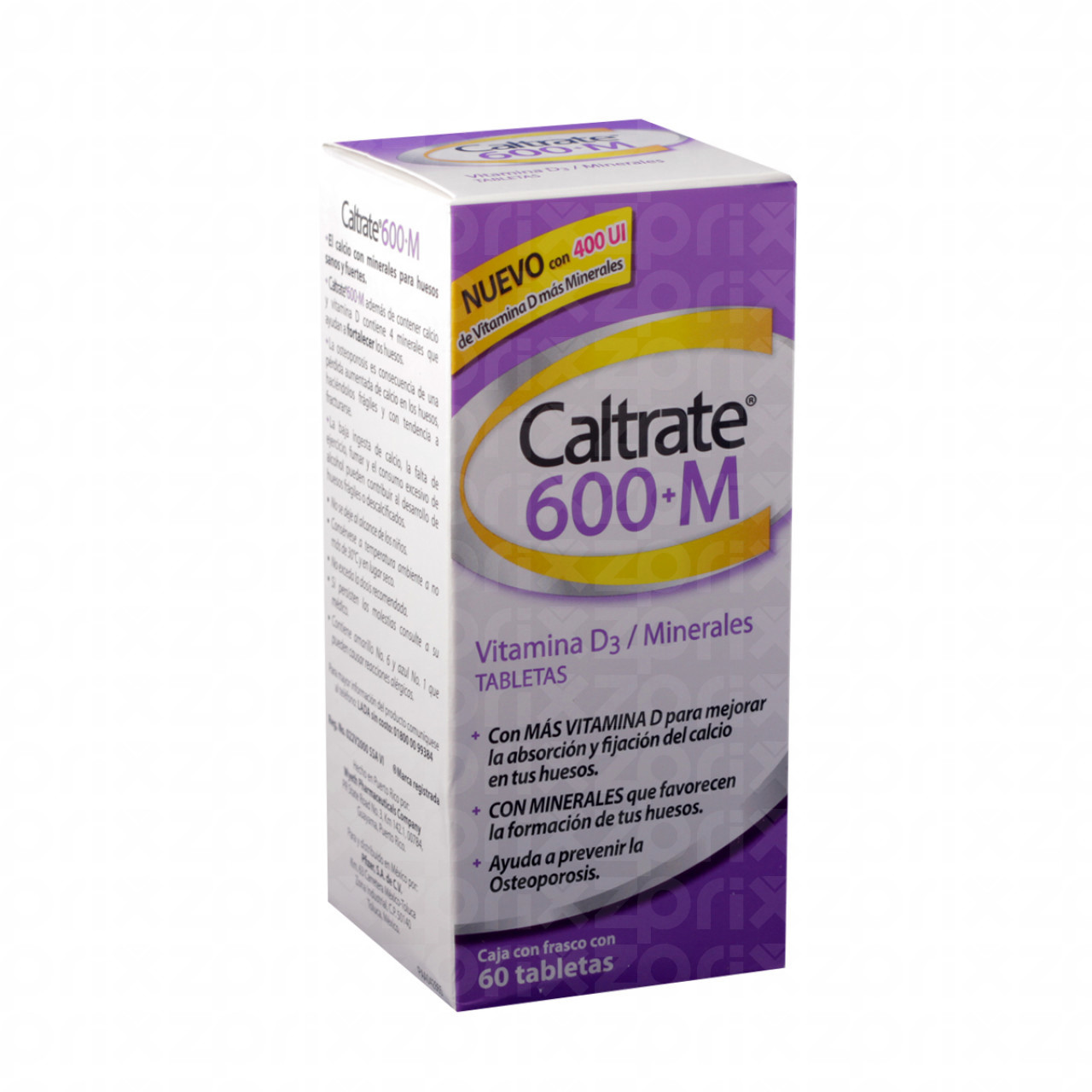

Sign up to receive our monthly Cancer Talk e-newsletter. Steroid medications (prednisone, dexamethasone), protein pump inhibitors, ulcer or GERD medication (omeprazole, lansoprazole, pantoprazole), anti-seizure medication (phenytoin), antacids that contain aluminum (Gaviscon®, Mylanta®), barbiturates, or thyroid hormones.


People who’ve entered menopause have an even higher risk. The more risk factors you have, the more likely you are to develop osteoporosis. Osteoporosis, a disease that causes severe loss of bone mass and puts the person at high risk for bone fracture.Osteopenia, a condition of low bone density that may cause bones to thin or weaken slightly, or.A lower-than-normal bone density may indicate you have an increased risk for fracture due to: If you are at risk for weakened bones, due to your cancer diagnosis, your treatments, or other risk factors, your doctor will recommend a bone mineral density (BMD) test to measure your bone strength. Bone health and strength are affected by many factors, including aging, genes, environment, personal habits (diet, exercise, smoking), hormones, calcium and phosphorus levels, nutritional deficiencies, disease, and certain drugs and cancer treatments. Over about 10 years, remodeling replaces most of our skeleton. Your bones (specifically the internal spongy tissue called red marrow) are mini factories, producing the stem cells that develop into your body’s blood cells.īone is a living tissue that continually builds new bone and breaks down old bone, a process called remodeling. In addition to supporting your body and your ability to move, your bones protect your internal organs and store triglycerides and minerals such as calcium, phosphate and magnesium. The bones that form your skeleton have many functions.


 0 kommentar(er)
0 kommentar(er)
